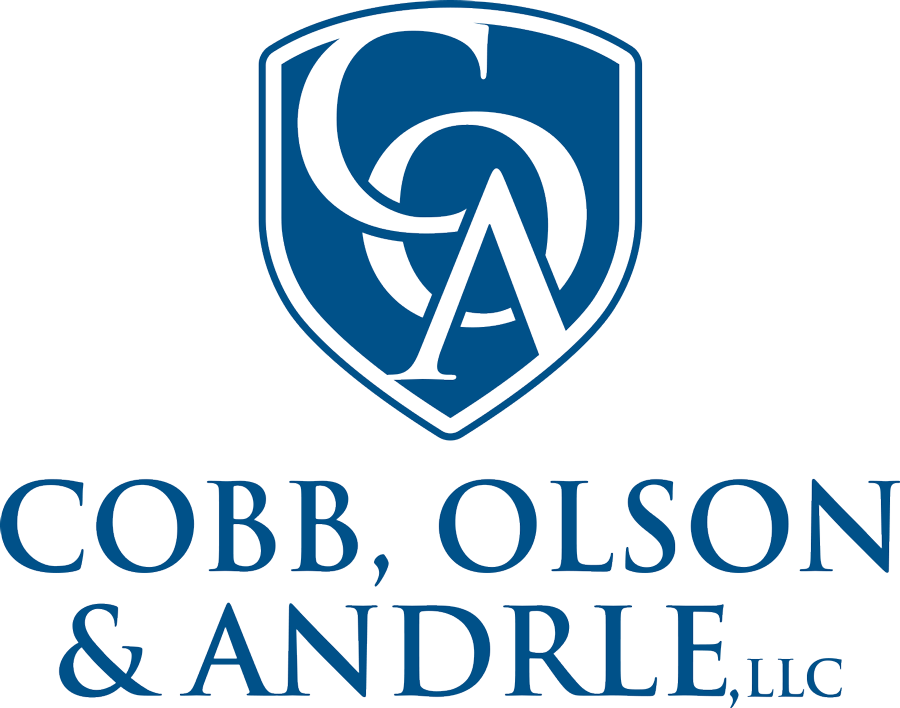Chapter 13 Bankruptcy Proof of Claims : Important Changes
On December 1, 2017, everything changed – regarding Chapter 13 proof of claims.
The goal of this overview is to ensure that board of directors are aware of these changes to prevent Association claims from being denied in bankruptcy court.
Prior to December 1, 2017, life was fairly simple when it came to prosecuting a Chapter 13 Proof of Claim for delinquent assessments. The attorney would prepare a claim for the amount that was due on the account (including the attorney’s fees and costs of preparing the claim) and supplement the claim with ledgers provided by the property management company or the Association. Assuming that the claim was filed prior to the bar date, the Chapter 13 trustee would pay the creditor the amount of the claim.
Since Association claims are almost always secured (the amount owed is covered by a lien attached to the property), the Association would generally get paid in full. If the debtor was unhappy with the claim amount, it was incumbent on the debtor to file an objection to the claim. A debtor’s plan of reorganization (which is a filing dictating how a debtor will pay back its creditors) only required that the debtor indicate he owed that particular creditor more than “$0”. Any other discrepancy between the plan’s treatment of the creditor and the claim’s treatment fell in favor of the creditor. This was a nice life for Associations and their attorneys.
After December 1, 2017, the relationship between the claim and the plan is now flipped. There is a movement at the federal level to streamline bankruptcy plans across the country and this led to a series of committee meetings nationally and in the Northern District of Georgia (where we are). Under the new rules that came out of these committee meetings, the debtor’s proposed plan dictates terms. Creditors and their attorneys must ensure that the plan of reorganization accurately states the amount owed to the creditor. If the plan’s treatment of a creditor is less favorable than a claim treatment, the plan controls – and an Association is barred from collecting on the difference. A creditor must object to a proposed plan at least 7 days before the date of the confirmation hearing as well.
Going forward, Associations and property managers will need to work more closely with their bankruptcy counsel to ensure that:
- claims are timely filed (you still need the claim filed to get paid out on the amount owed),
- the plan is reviewed and
- the plan is objected to, as needed.
Please also be mindful that motions to avoid liens and motions to strip liens can be buried in plans without separate motions to underscore the legal impact.
Further discussions may be had by contacting John D. Andrle, Esq. at 770-200-8587 or jandrle@coalegal.com.
Prior to working at Cobb, Olson & Andrle, LLC, John clerked for C. Ray Mullins, Chief Judge for the Bankruptcy Court for the Northern District of Georgia. Read John's full bio here.

